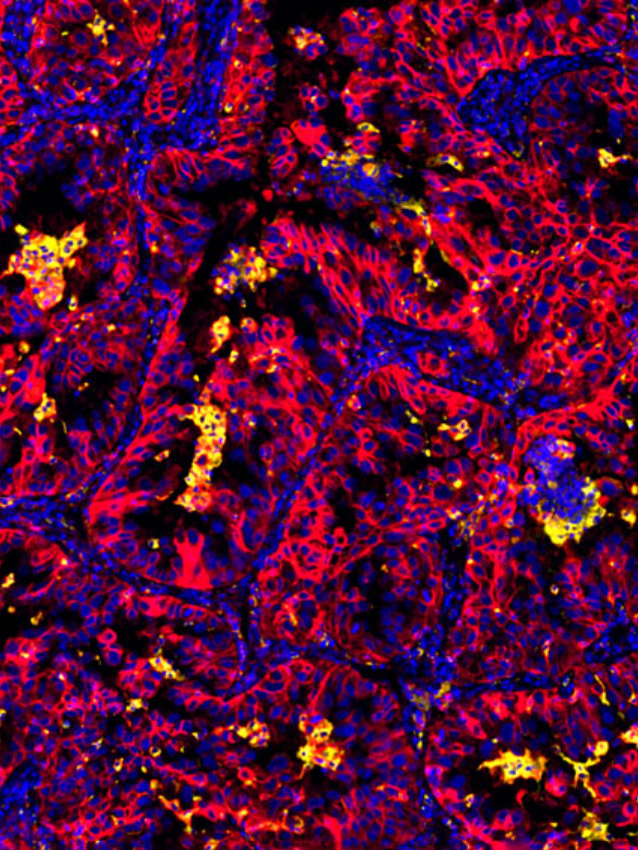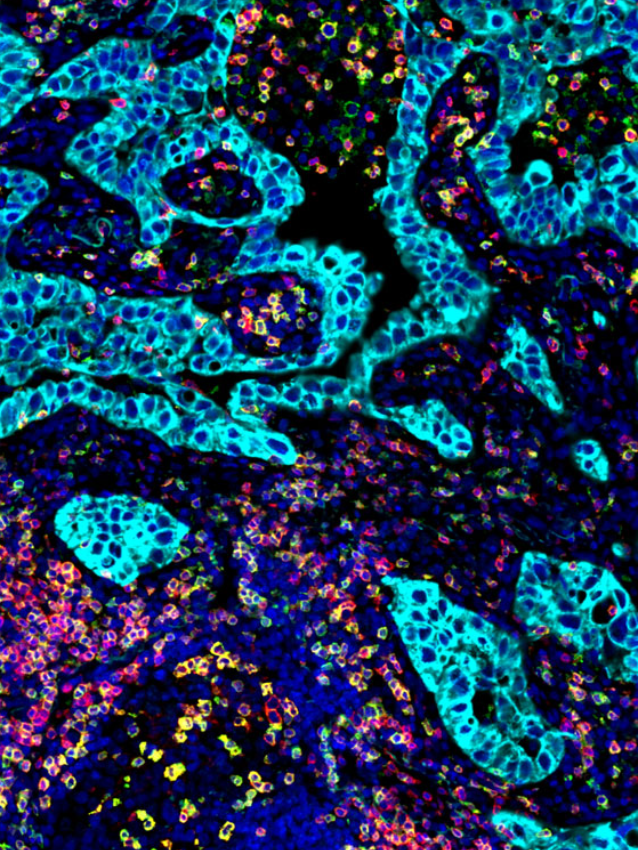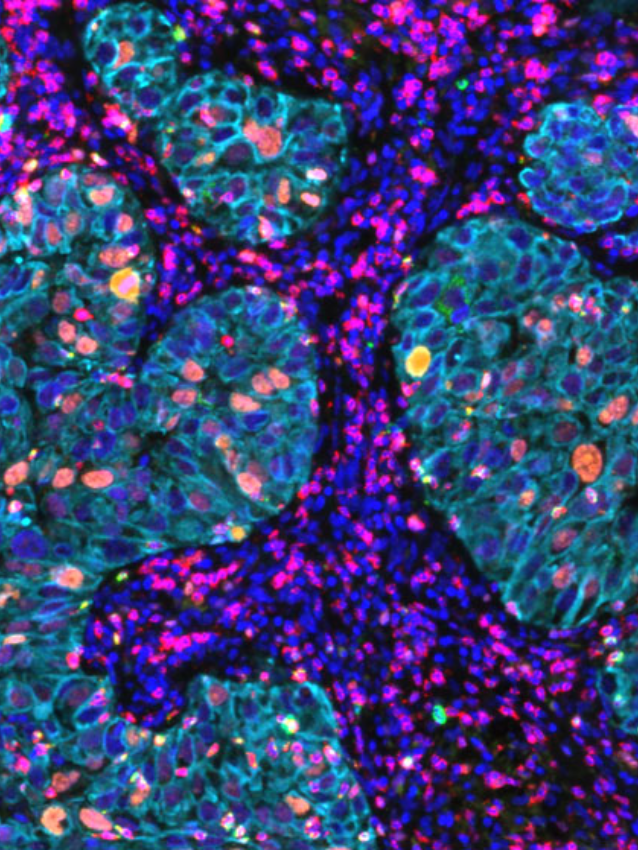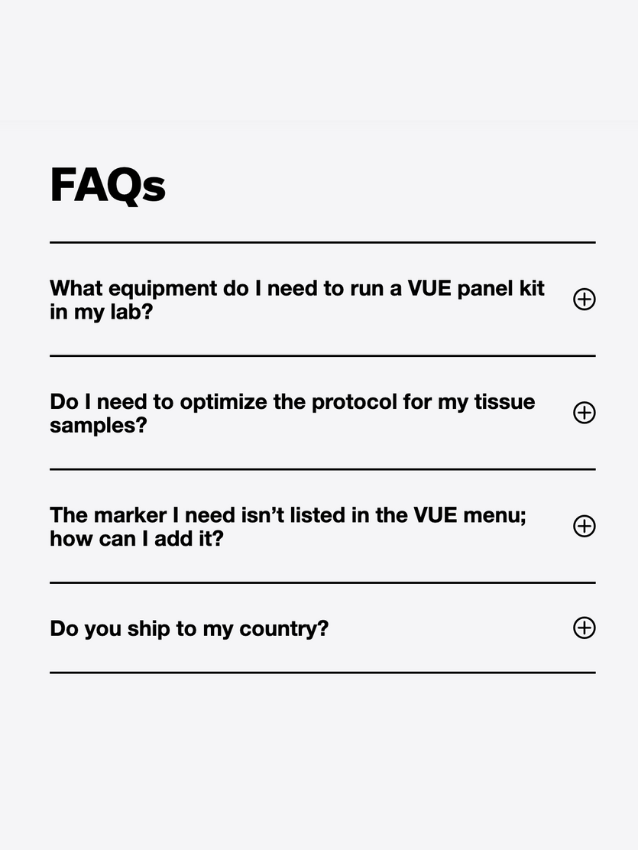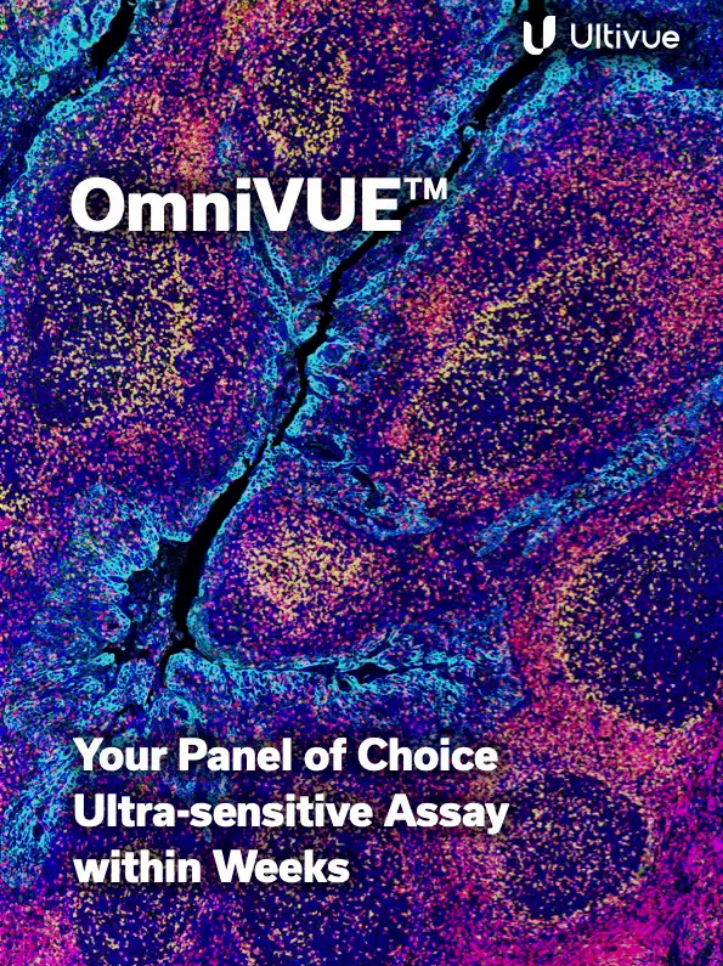Vizgen Expands Portfolio of Multi-Omics Tools for Discovery and Translational Research with MERFISH 2.0 Chemistry and Enhanced OmniVUE Panels with ADC Biomarkers
Leader in spatial multi-omics technologies launches new generation of MERFISH chemistry and bridges basic and translational research with new pathology-grade, clinically relevant biomarkers
CAMBRIDGE, Mass. ─ April 22, 2025 ─ Vizgen, Inc., the life sciences company revolutionizing spatial genomics and proteomics research and driving innovation in spatial multi-omics, today announced the broad global commercial availability of MERFISH 2.0™, a next-generation spatial transcriptomics chemistry designed to drive breakthroughs in foundational biological research. The company also announced the expansion of fully configurable OmniVUE™ spatial proteomics panels with validated biomarkers as research and development tools to accelerate the development of Antibody-Drug Conjugates (ADC) therapies. Vizgen will present new data showing how MERFISH 2.0 and the ADC OmniVUE panels are complementary in a multi-omics analysis study at the American Association for Cancer Research (AACR) Annual Meeting, April 25-30, 2025.
“With MERFISH 2.0 and our expanded OmniVUE panels, Vizgen is taking its next steps toward a sweeping new product cycle and ushering in the next generation of spatial biology tools, bringing deeper transcriptomic and proteomic insights together in complementary solutions,” said Rob Carson, CEO of Vizgen. “By enhancing sensitivity, precision, and sample versatility, we’re empowering researchers across the discovery-to-development spectrum.”
MERFISH 2.0: A New Standard for Spatial Transcriptomics
Building on a foundation of hundreds of peer-reviewed publications, MERFISH 2.0 features an optimized RNA anchoring strategy, improved probe design, and enhanced signal amplification—delivering remarkable sensitivity and reproducibility across a broad range of sample types. These innovations unlock more transcripts, more cells, and more insights than the previous chemistry through high dynamic range detection, spatially resolved cell type mapping, and precise subcellular localization of biomarkers, rare cells, and signalling pathways.
“The new V2 chemistry has dramatically increased the number of transcripts we can detect—up to tenfold per field of view,” said Dr. Mathieu Bourdenx, Senior Research Fellow at University College London and the UK Dementia Research Institute. “This level of resolution allows us to visualize fine neuronal structures, define subcellular compartments, and classify cell types with much greater precision. These are the most informative spatial transcriptomics datasets I’ve ever worked with.”
MERFISH 2.0 is fully compatible with Vizgen’s high plex in situ spatial multi-omics MERSCOPE® and MERSCOPE Ultra™ platforms and is optimized for studies in oncology, neuroscience, and immunology, including retrospective research using archived Formalin-Fixed Paraffin-Embedded (FFPE) samples.
ADC OmniVUE Panels Advance ADC Therapies with High-Fidelity Biomarker Strategies
Through the ongoing addition of ADC-related biomarkers for Vizgen’s OmniVUE panels, InSituPlex® and STARVUE™ accelerate biomarker-driven ADC therapeutic development through scalable and customizable solutions, while ensuring precision in target validation and clinical translation. OmniVUE panels support whole-slide samples-to-insights with validated biomarkers and pre-optimized reagents, leveraging Vizgen’s high-throughput InSituPlex assays and STARVUE Image Data Science pipeline for robust quantitative biomarker detection. These biomarkers lay the foundation of Vizgen’s comprehensive biomarker strategy roadmap for ADC therapies.
“As a GLP/GCP compliant CRO specializing in tissue-based biomarker analysis, InSituPlex and STARVUE have significantly advanced our exploration of the tumor-immune microenvironment, helping our clients understand the impact of their novel immunotherapies. The ready-to-use, configurable OmniVUE panels provide robust, high-quality data with a streamlined workflow, while preserving tissue integrity,” said Peter De’Ath, Head of Client Account Management at HistologiX.
Posters at AACR Meeting
Vizgen will present new data on MERFISH 2.0 and its ADC-related biomarker panels at the annual AACR meeting, April 25–30, in Chicago. The poster presentations include:
Abstract Title: Combining Vizgen’s MERSCOPE spatial transcriptomics and InSituPlex spatial proteomics profiling to unravel the complexities of the tumor-immune microenvironment
April 28 | 9:00 AM–12:00 PM | Poster Section 32 | Board 11
Alexander Veith, Senior Field Applications Scientist
Abstract Title: Configurable multiplex immunofluorescence panels for emerging ADC targets
April 28 | 2:00–5:00 PM | Poster Section 7 | Board 8
Kevin Hwang, Ph.D., Senior Scientist, Research
Abstract Title: New developments in spatial transcriptomics unlock insights into the tumor microenvironment
April 29 | 2:00–5:00 PM | Poster Section 8 | Board 13
Manisha Ray, Ph.D., Director, Applications Development
Abstract Title: Bridging Spatial Proteomics and Classical Histopathology: Advanced Spatial Analysis through H&E-enhanced Multiplexed Immunoprofiling
April 29 | 2:00–5:00 PM | Poster Section 46 | Board 24
Michael Downing, Principal Image Analysis Scientist
For more information, please visit www.vizgen.com
April 22, 2025
